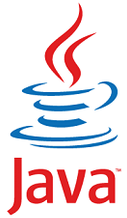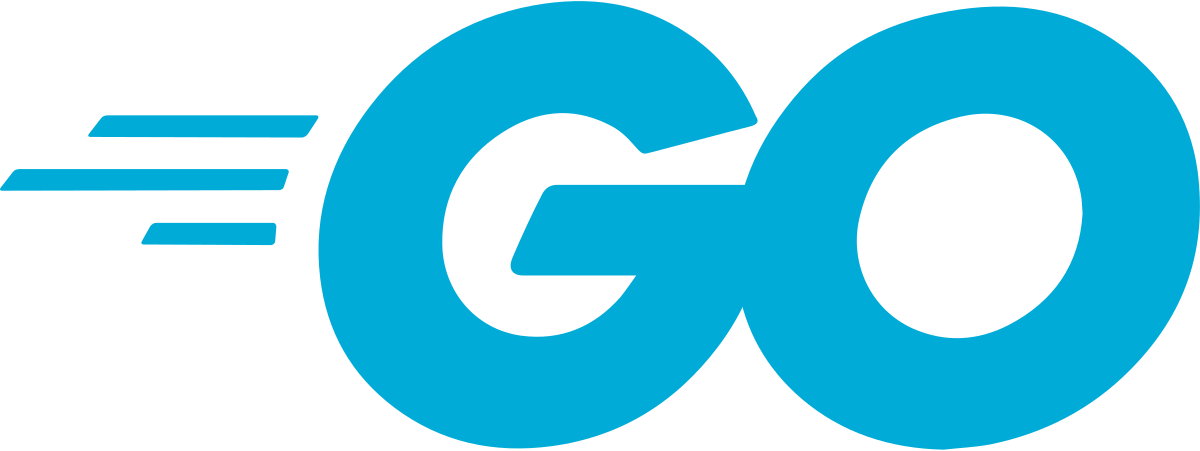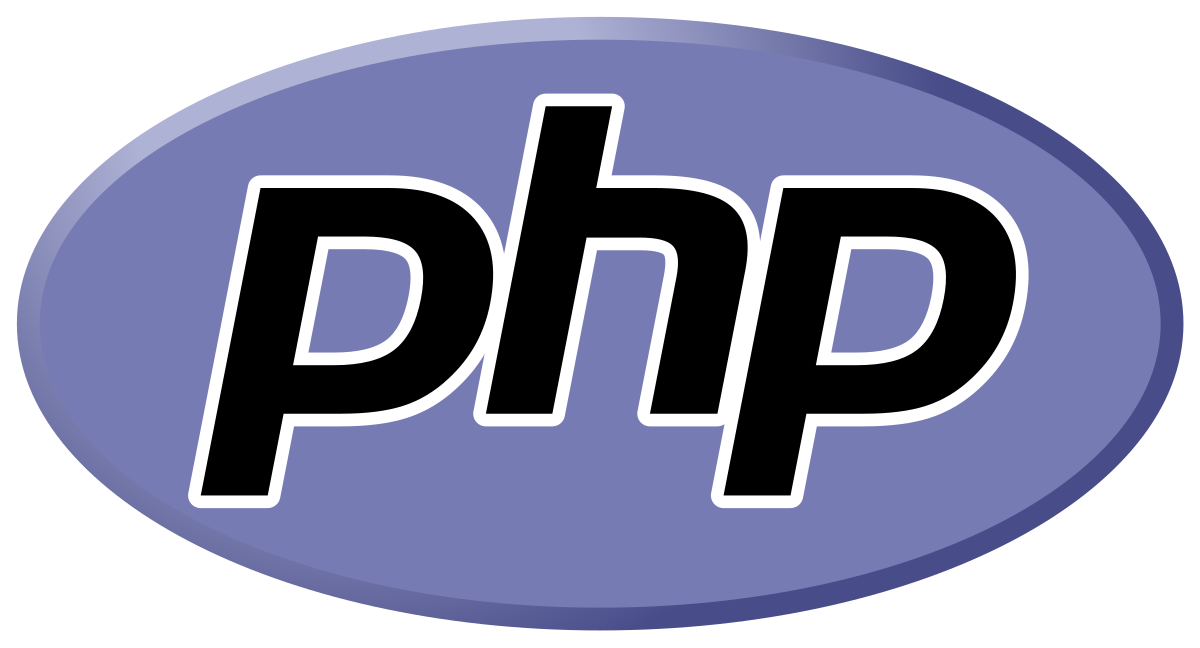What is QA Testing?
Quality Assurance Testing (QA Testing) is an integral part of the software development process. It’s the systematic process of ensuring that a product or service meets defined quality standards. QA Testing Services play a pivotal role in delivering software that’s reliable, secure, and user-friendly.
The primary objective of QA Testing is to identify and rectify defects, inconsistencies, and deficiencies in the product before it reaches the end-users or customers.
Benefits of Quality Assurance
- Improved Product Quality: QA ensures that the end product or service meets or exceeds the established quality standards. This leads to a higher-quality product that is less likely to have defects or issues.
- Customer Satisfaction: High-quality products or services result in satisfied customers. QA helps in meeting customer expectations, which, in turn, can lead to customer loyalty and positive reviews.
- Risk Mitigation: By identifying and addressing potential issues early in the development or production process, QA helps reduce the risk of costly errors or failures down the line. This can save time and resources.
- Compliance and Standards: QA ensures that a product or service complies with industry standards and regulations. This is crucial in industries like healthcare and finance where regulatory compliance is paramount.
- Cost Reduction: While implementing QA processes may incur some upfront costs, they often lead to cost savings in the long run by reducing the need for post-release fixes and customer support.
- Efficiency Improvement: QA can lead to process improvements and increased efficiency. By identifying and eliminating inefficiencies, businesses can save time and resources.
- Customer Confidence: When customers know that a company has a robust QA process in place, they have more confidence in the reliability of the products they purchase.
- Continuous Improvement: QA is not a one-time effort but an ongoing process. It encourages continuous improvement and adaptation to changing circumstances and technologies.
Testing Services
- Test Plans: Development and execution of detailed test plans.
- API Tests: Ensuring the correct functioning of APIs.
- Load Tests: Evaluating system performance under high load conditions.
- Smoke Tests: Quick tests to ensure basic functionality.
- Regression Testing: Ensuring that new changes do not break existing features.
- UI Tests: Testing the user interface and user interactions.
Quality Gates and Integration
- Quality Gates: Implementing quality gates with tools like Sonarqube, Jenkins, and Azure Pipeline.
- Continuous Integration/Continuous Deployment (CI/CD): Seamless integration with development pipelines for automatic testing.
- Version Control Integration: Sync with tools like Git for source code quality checks.
Technical Proficiencies
Languages for Automated Testing








Manual Testing Services
- Bug Tracking: Use of bug tracking tools like Jira, Bugzilla, etc.
- Documentation and Requirements: Working with product specifications, requirements, and user scenarios for understanding expected behaviors.
- Test Cases and Test Plans: Creation and maintenance of detailed test cases and plans.
- Virtualisation Environments: Use of virtual machines and containers to replicate various testing conditions.
- Environment Management: Setting up testing environments that duplicate the production environment.
Additional Services
- Cross-browser Testing: Ensuring application compatibility across different web browsers.
- Mobile App Testing: Verifying the correct functioning of mobile applications on different devices and OS.
- Security Testing: Identifying vulnerabilities and security risks.
- Accessibility Testing: Ensuring that the product is usable by people with disabilities.
- Internationalisation/Localisation Testing: Testing the product’s multi-language support.
Collaboration and Communication
- Stakeholder Communication: Regular updates to stakeholders about QA status and issues.
- Documentation: Comprehensive documentation of test plans, test cases, and test results.
